We have become quite enamored with using cruise ships to traverse the Atlantic, having crossed from Europe back to the US for Christmas the past two years. This year we used a cruise to travel in the opposite direction from Buenos Aires, Argentina, to Southampton, UK.
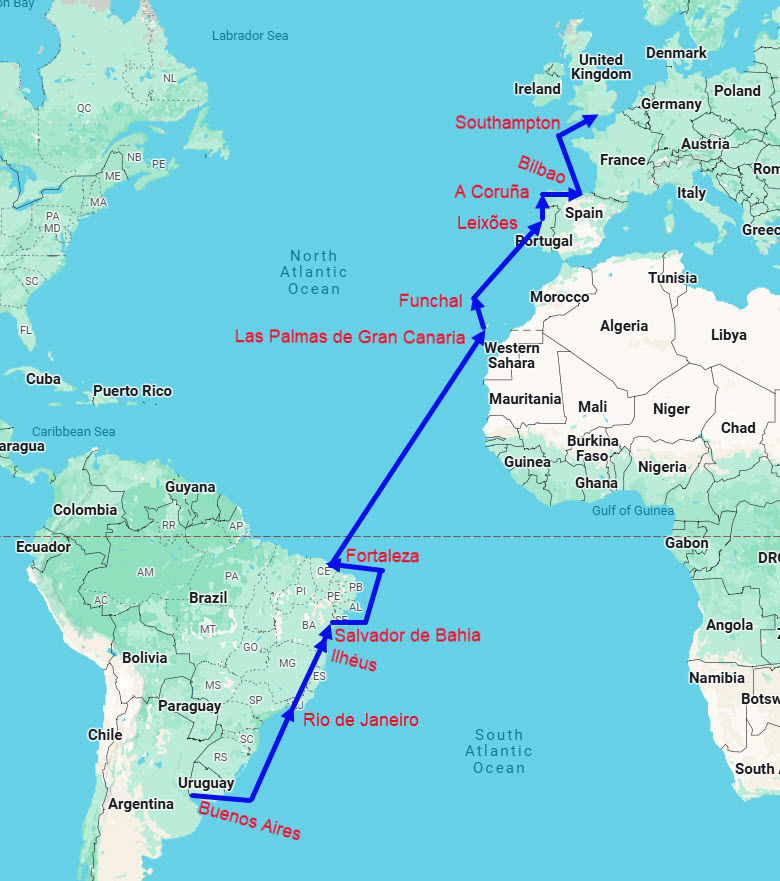
Despite reading VERY mixed reviews about the MSC cruise line, we opted to sail with them because they were offering a compelling itinerary at an attractive price. Our first cruise with this company may very well turn out to be our last! The itinerary included ten ports of call: Montevideo, Uruguay; Rio de Janeiro, Ilhéus, Salvador, and Fortaleza in Brazil; Las Palmas in the Canary Islands; Funchal, Madeira; Leixões, Portugal; and finally A Coruña and Bilbao in Spain. Weather prevented us from stopping in Montevideo; fortunately, the rest of the cruise passed uneventfully weather-wise.
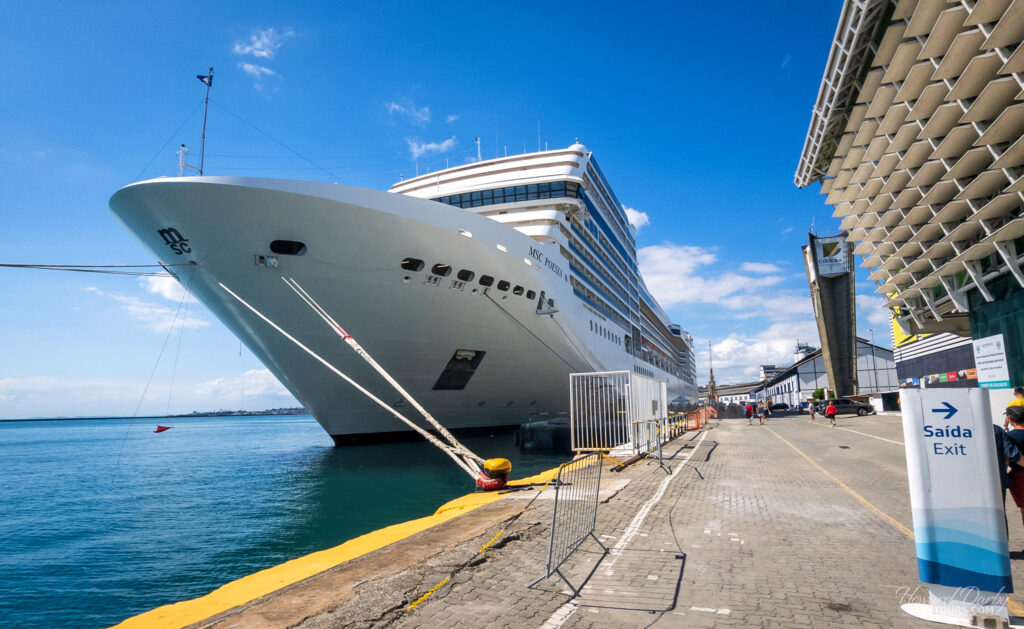
Other than Fortaleza, we found something appealing about every port – even if it was just a Spanish supermarket selling Howard’s preferred brand of lemonade. Quick backtrack to Fortaleza. Ugh! A new cruise terminal is in the midst of construction and, for whatever reason, the city has selected what appeared to be the most remote part of the shoreline on which to construct this new building – placing it more than 3 km / 2 miles from the nearest tourist trap (a souvenir market on the beach). Internet was unavailable so calling for a taxi/Uber was not an option. Walking that distance was certainly a doable jaunt for us (although I would prefer doing it in temperatures lower than 35 °C / 95 °F), but talk about ugly! We picked our way through a 1 km construction zone just to reach an actual sidewalk flanked by warehouses. Plus, we were told in no uncertain terms not to stray down any side streets if we valued our personal safety.
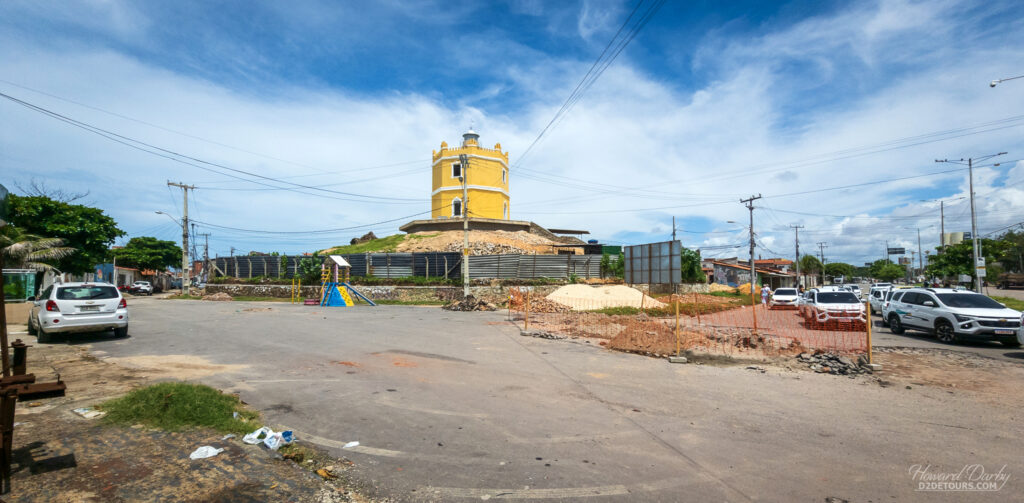
With respect to the ship, our cabin was very comfortable and we found several quiet spots on board to read or play cards; the food, now that’s a different story. We have to commend the chefs for making virtually every dish served over the course of 22 days utterly tasteless, visually unappealing, and often only lukewarm. It’s quite an accomplishment when the most consistently flavourful item at a buffet is steamed broccoli.
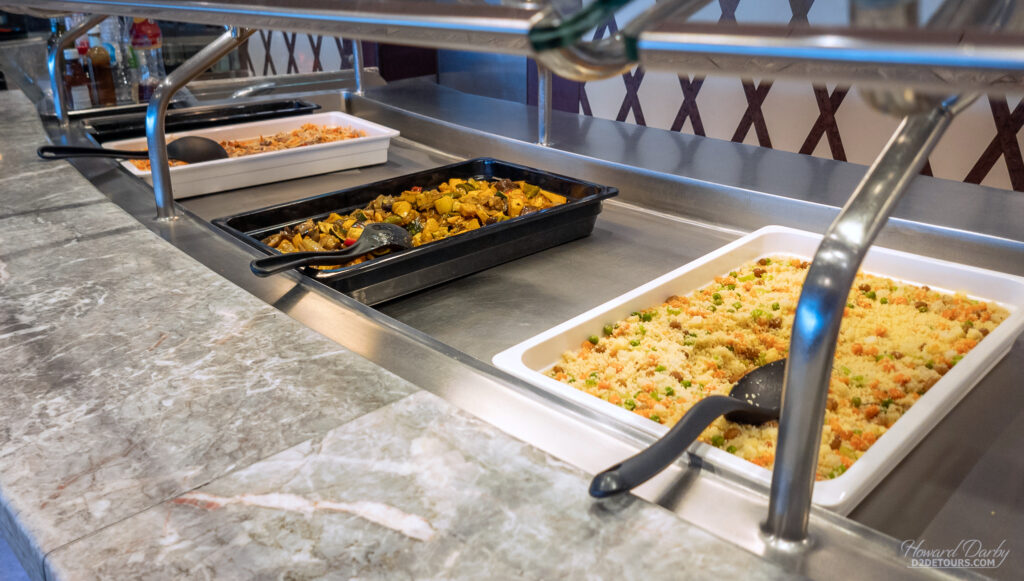
Our eating preference on cruises is always the flexibility and selection offered by the buffet. After the first couple of disappointing nights, we gave the assigned seating in the dining room a try. The disappointment continued, and we had to endure awkward, stilted conversation with our tablemates who seemed annoyed that we suddenly appeared at their table three days into the cruise. The only difference we could see between what was being served in the dining room verses the buffet was the dining room had china. To give MSC the benefit of the doubt, we did meet a few frequent MSC cruisers who mentioned that this was by far the worst food they’d ever experienced with the line, so if the right itinerary and price popped up on our radar (and that is a big IF), we might consider cruising with them again.
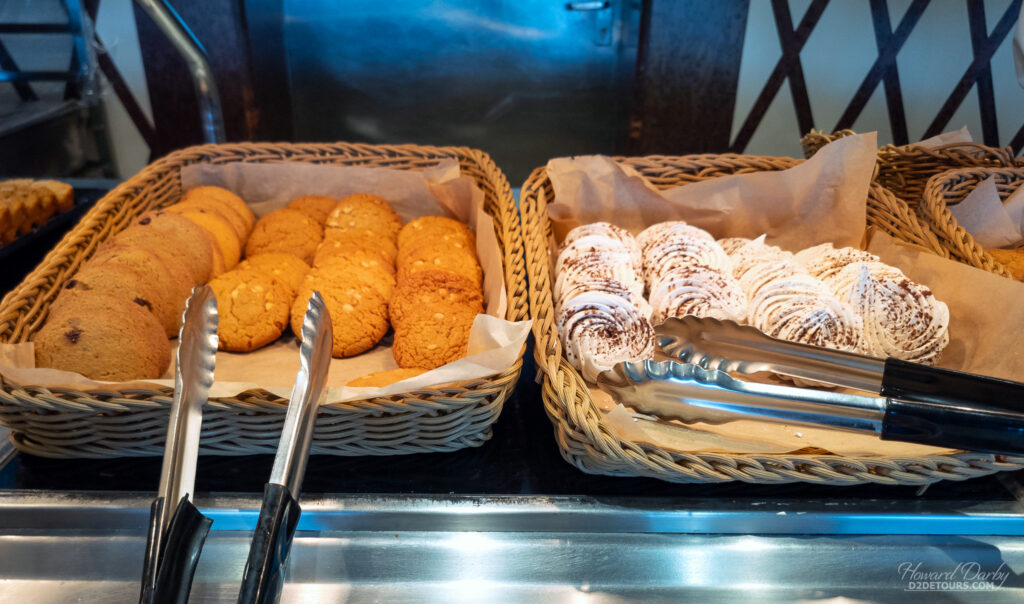
But enough of the negativity, on this cruise we added a new country to our nomadic travel list (Brazil brought our total to 62 countries since 2021), and our insatiable appetite for history was fed a few more tidbits.
Christ the Redeemer, gazing down on Rio de Janeiro, Brazil from its perch 704 m / 2,310 ft above sea-level, is the city’s, if not the whole Brazilian nation’s, most iconic symbol. It is the largest Art Deco-style sculpture in the world, standing 30 m / 98 ft tall, with an arm span of 28 m / 92 feet, and is visible from just about any vantage point in Rio.
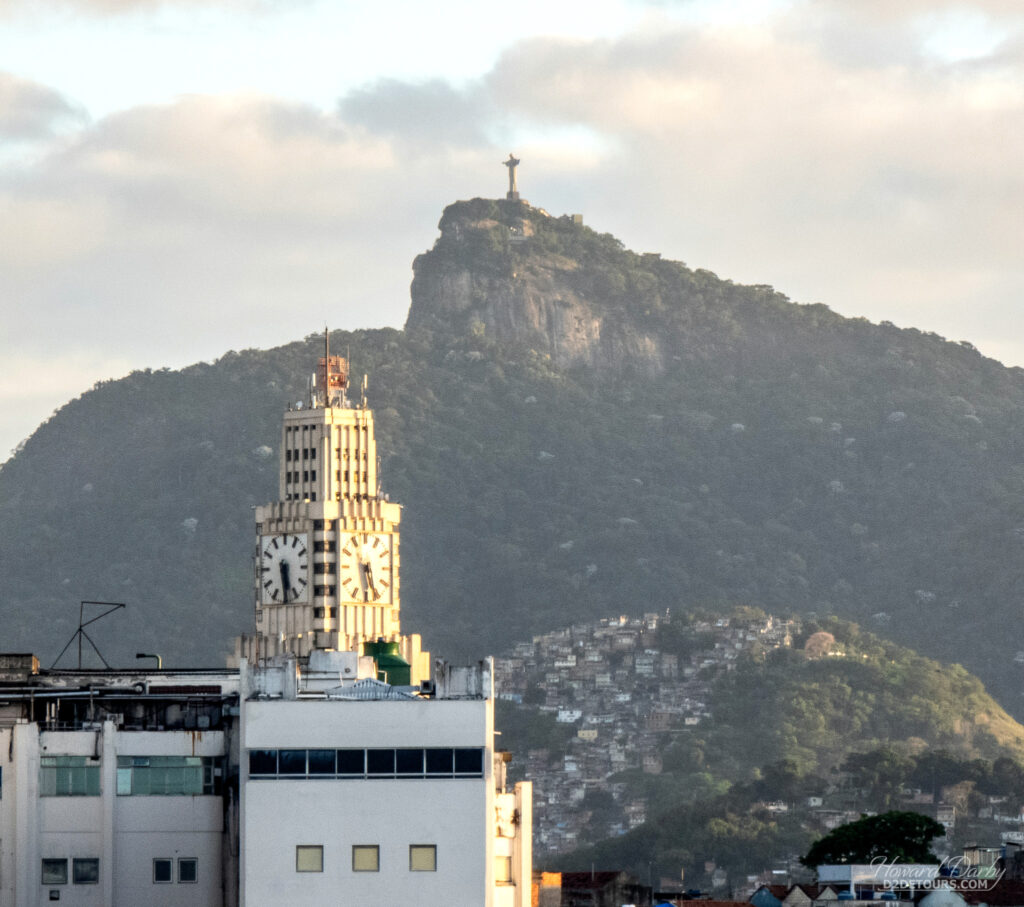
A monument to honour Princess Isabel, who was actively promoting the end of slavery, had been proposed in the 1850s (slavery was finally abolished in Brazil in 1888 with the signing of the Lei Áurea), but there was just no follow-through. Nearly three-quarters of a century later, with Catholicism on the decline, the church resurrected the idea of a grandiose statue, this time as a symbol of Christian faith and values. Construction on the Christ the Redeemer landmark began on April 4, 1922, commemorating 100 years of Brazilian independence from Portugal, and was completed in 1931.
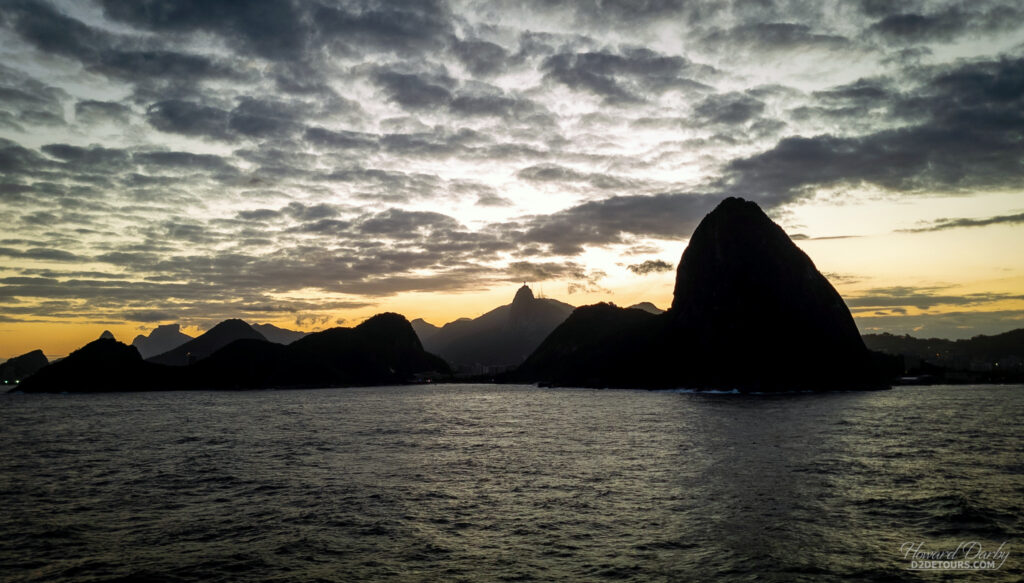
The second most iconic representation of Rio might be its beaches. As of 2022, 99 beaches stretch across 83 km / 51.5 miles of coastline.
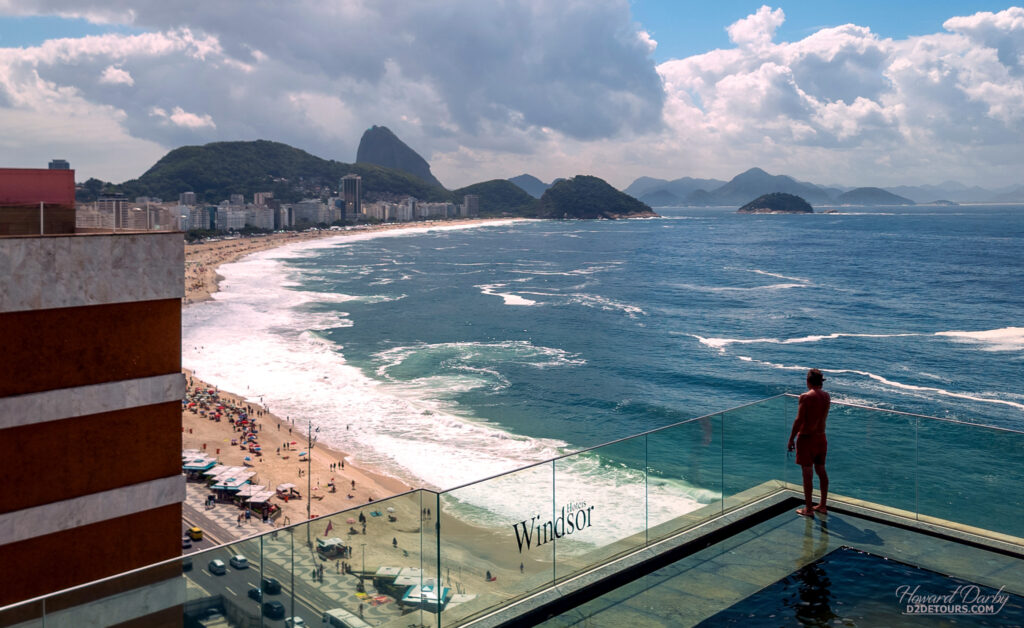

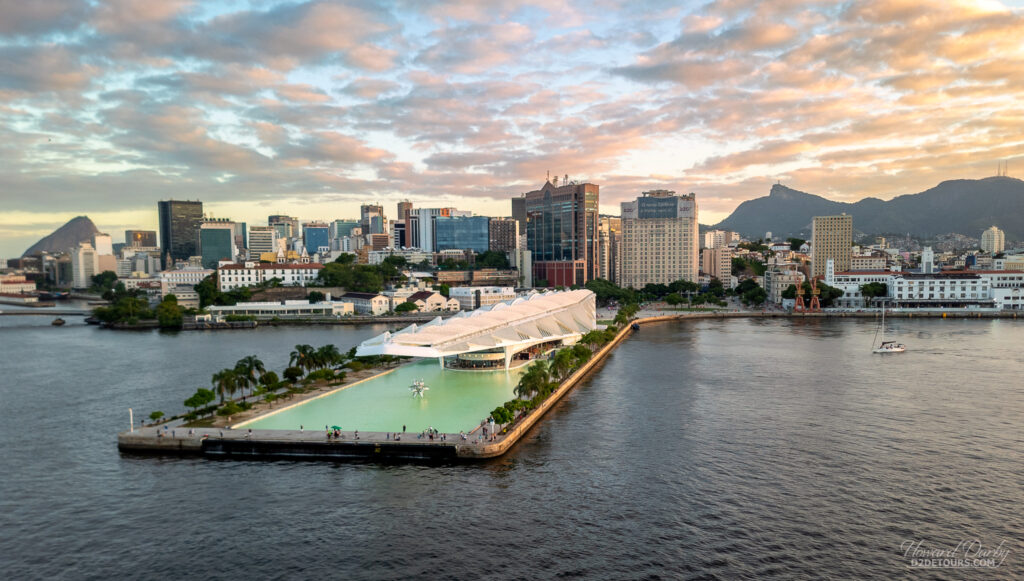
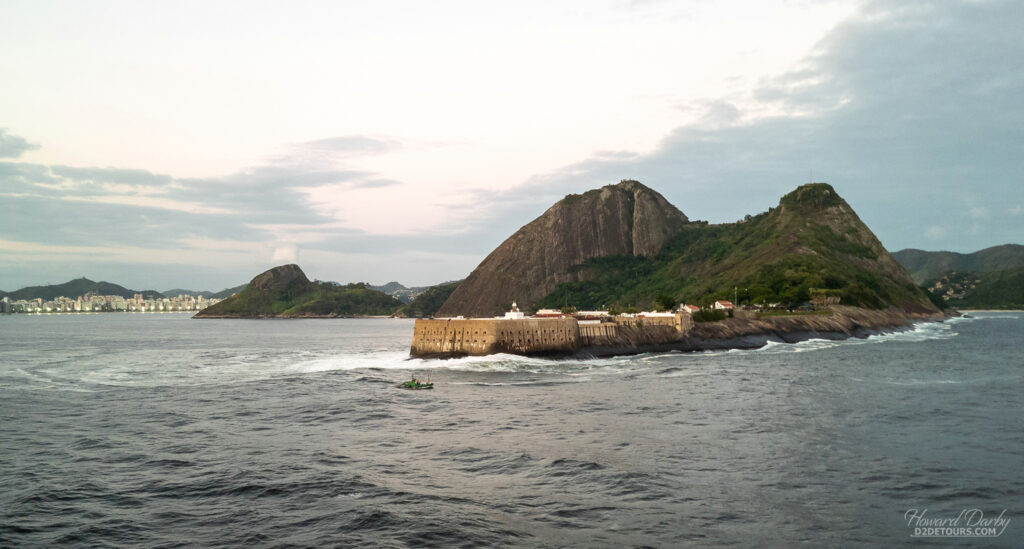
While Ilhéus, Brazil (founded in 1534) was not a super exciting city, it did allow us to get off the ship to stretch our legs for a couple of hours wandering its bustling streets.
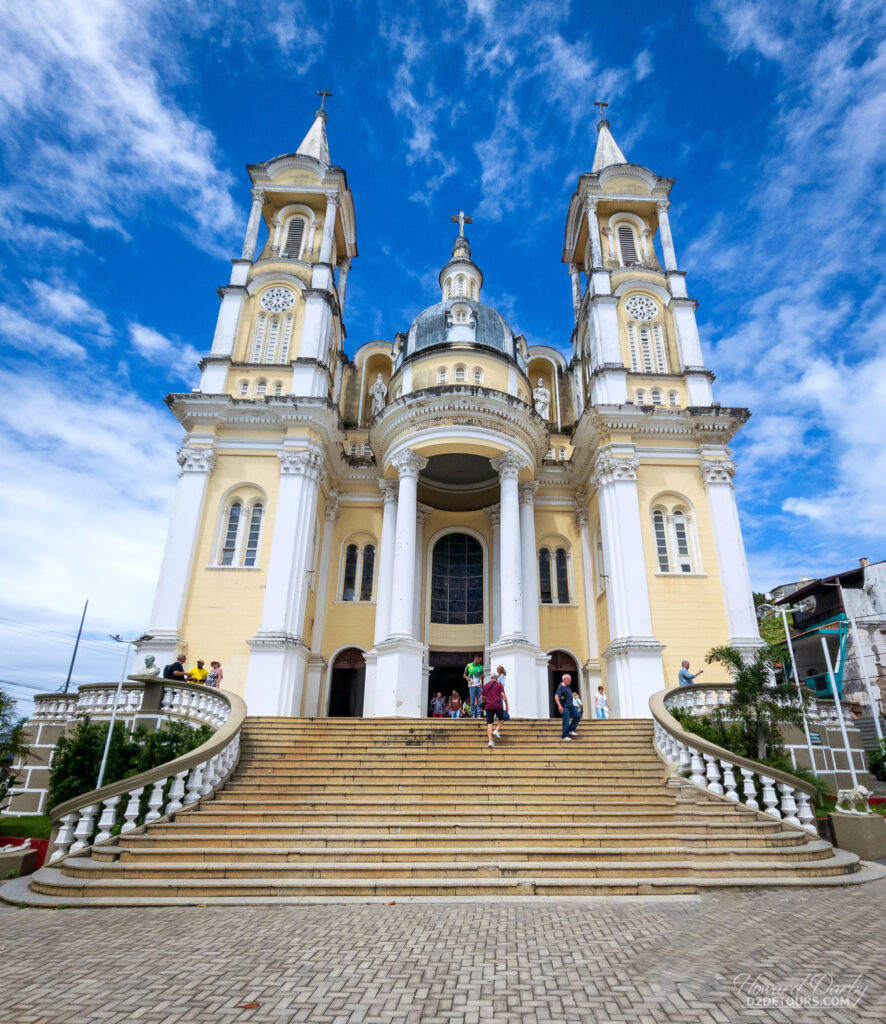
Salvador de Bahia was our favourite Brazilian port – lots of historical architecture and very walkable. The Portuguese officially founded Brazil in 1500 when they landed at Porto Seguro between Salvador and Rio. Initially, the indigenous population was enslaved to work on the newly established sugar plantations. It soon proved to be too small a pool from which to draw.
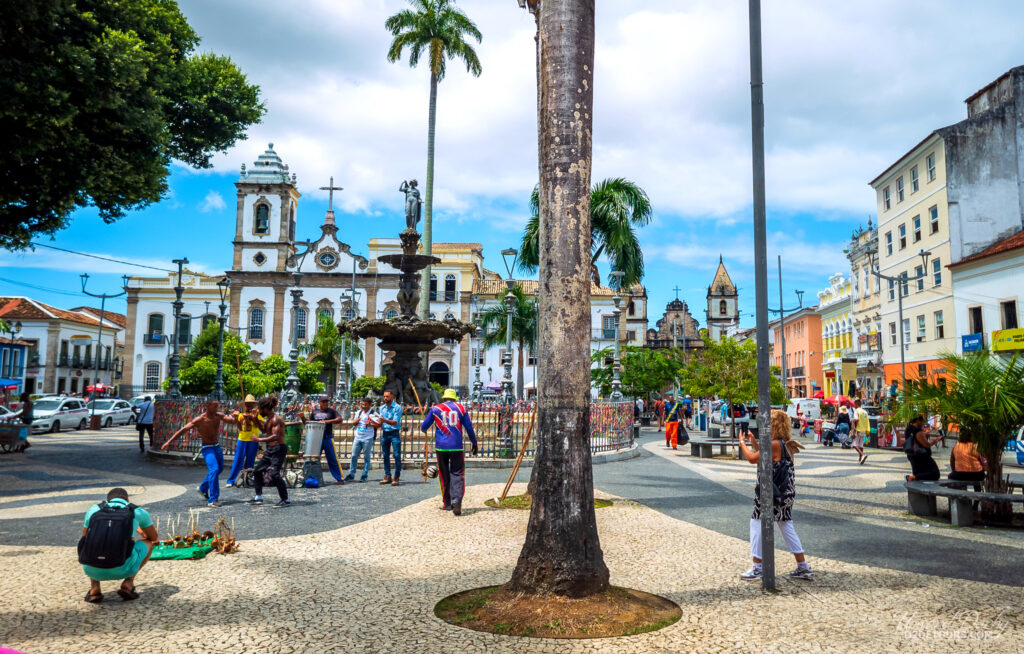
African imports arrived in 1549, making Salvador the first slave market in the New World. Brazil has the distinction of being the first nation to embrace African slavery, and the last to abolish it (in 1888). Of the five million people trafficked by the Portuguese to Brazil, 1.3M arrived through Salvador.
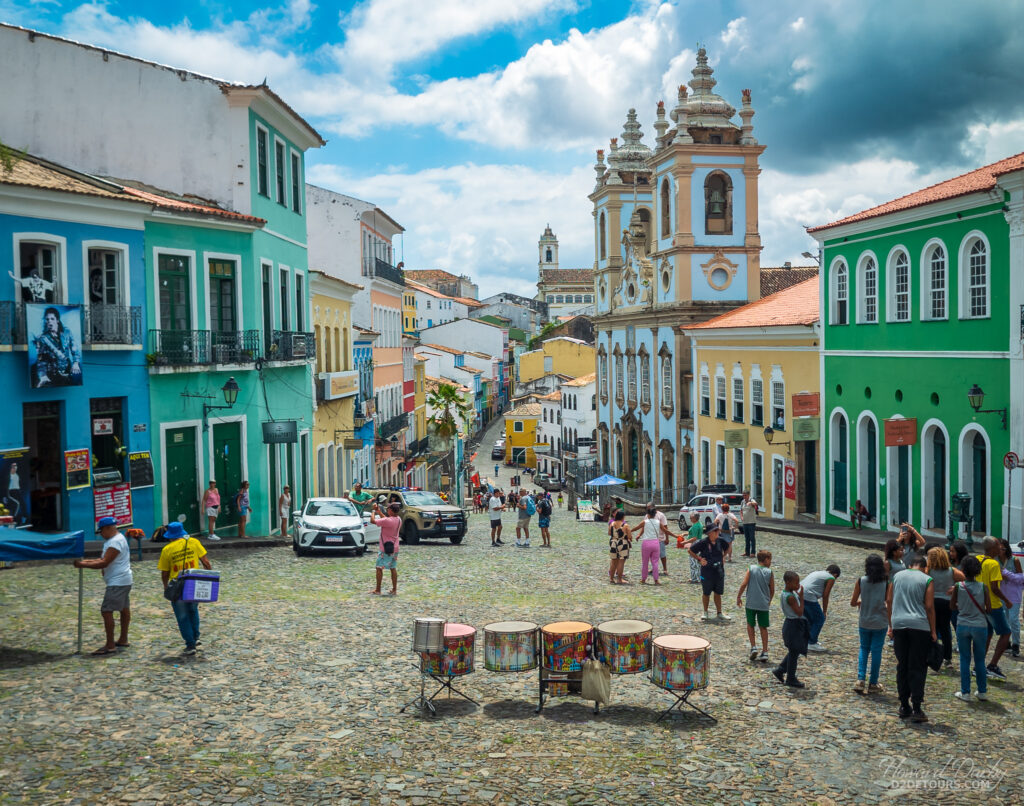
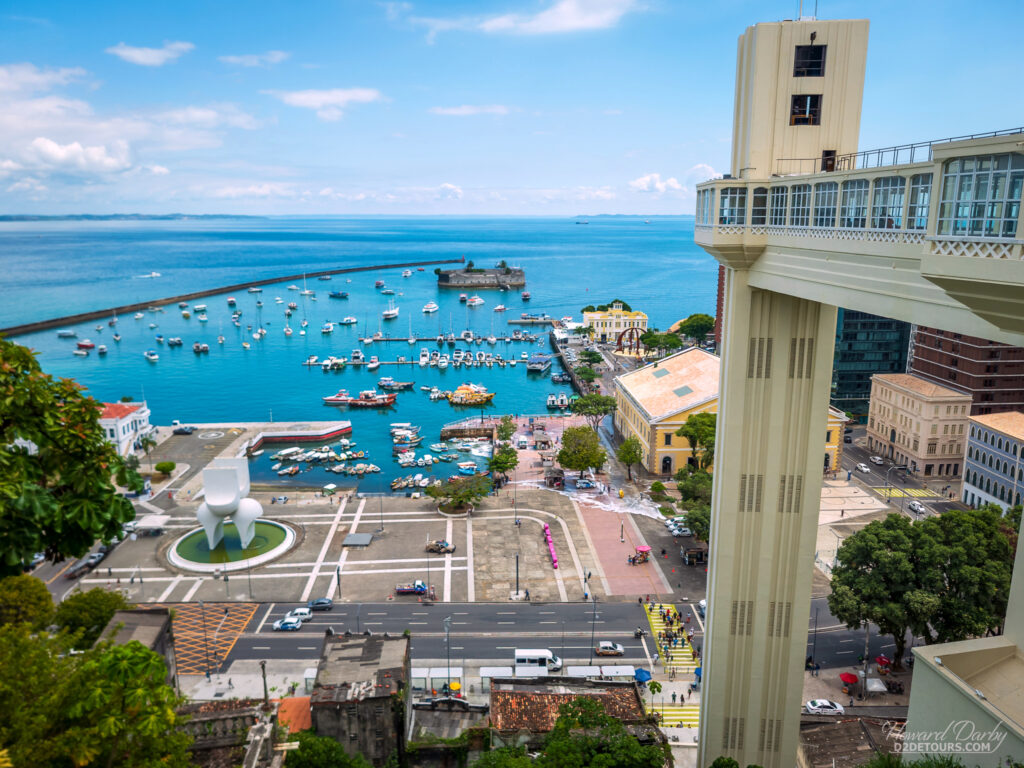

Las Palmas de Gran Canaria and Santa Cruz de Tenerife, despite being located on different islands, are jointly considered the capital city of the Canary Islands, an autonomous community of Spain located about 150 km / 93 miles west of the Moroccan coastline. Las Palmas is the most populous city in the Canary Islands (381,233 pop) and the ninth-largest city in Spain. Its annual average temperature of 21 °C / 70.2 °F makes it a popular beach holiday destination. Fun Fact: When the Spanish discovered this archipelago in 1478, it was not inhabited by yellow song birds, but rather wild dogs, hence the name Canariae Insulae (Latin for Island of Dogs).

Funchal is the capital city of Portugal’s Madeira archipelago, and the birthplace of footballer Cristiano Ronaldo, whose image is prominently displayed throughout the city. Its name comes from the Portuguese word for fennel, funcho, which grows wild throughout the island. Portuguese settlers, attracted by the fertile soil, began arriving in 1420. Sugar cane cultivation was expected to be the cornerstone of the islands’ economy, however, Madeira wine was soon just as critical a commodity. Fun Fact: Because of favourable tax treaties, Madeira was THE wine of the North American Colonies in the 1700s, and while no written record exists of the menu that night, the prevailing theory (and one strongly supported by the Maderia tourist bureau) is that on July 4, 1776, the Founding Fathers raised glasses filled to the brim with this fortified wine as they toasted the Declaration of Independence.
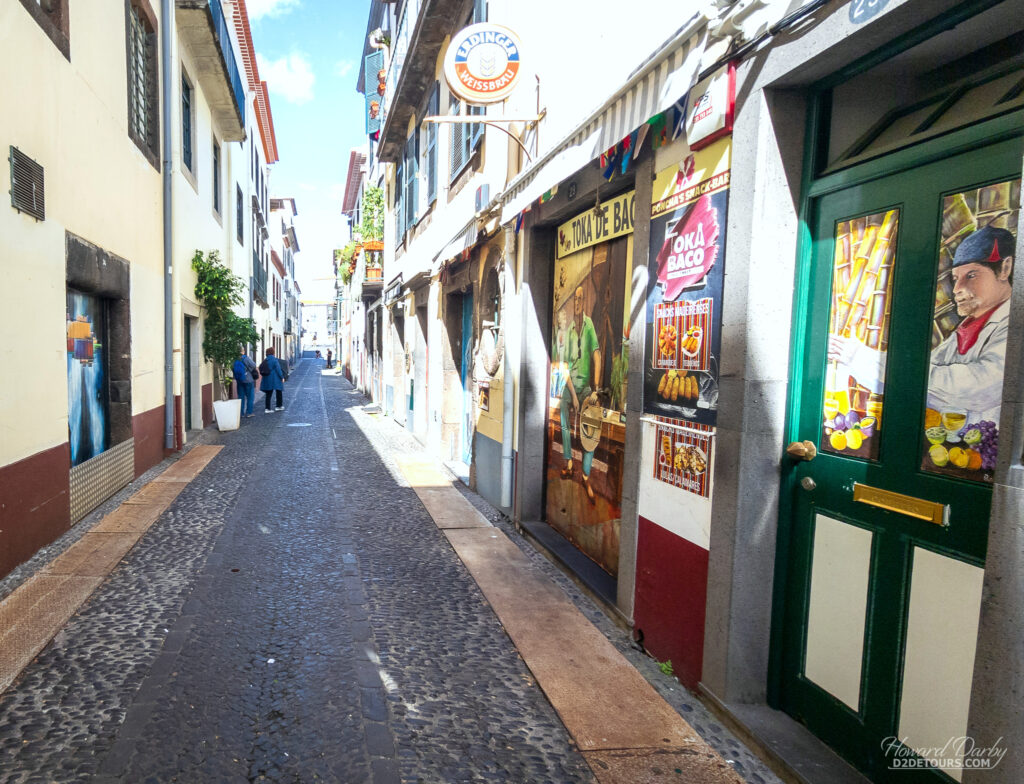
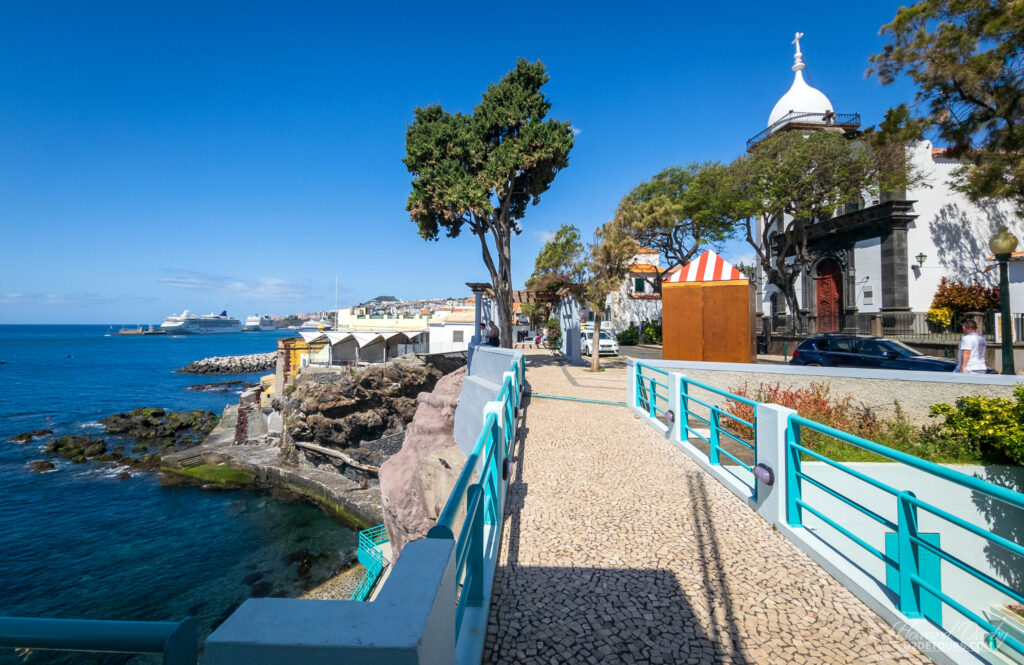
Cruise lines often list Porto as a port of call; in reality, ships dock in Leixões, Portugal, about a 30-minute bus ride away. As we’ve spent time in Porto previously (and it is worth a visit), we opted instead to meander the streets of Leixões, a port city responsible for 25% of Portugal’s port traffic. No question, it is a “port city” with not a lot of interesting architecture, except maybe this weird net sculpture overlooking the beach.
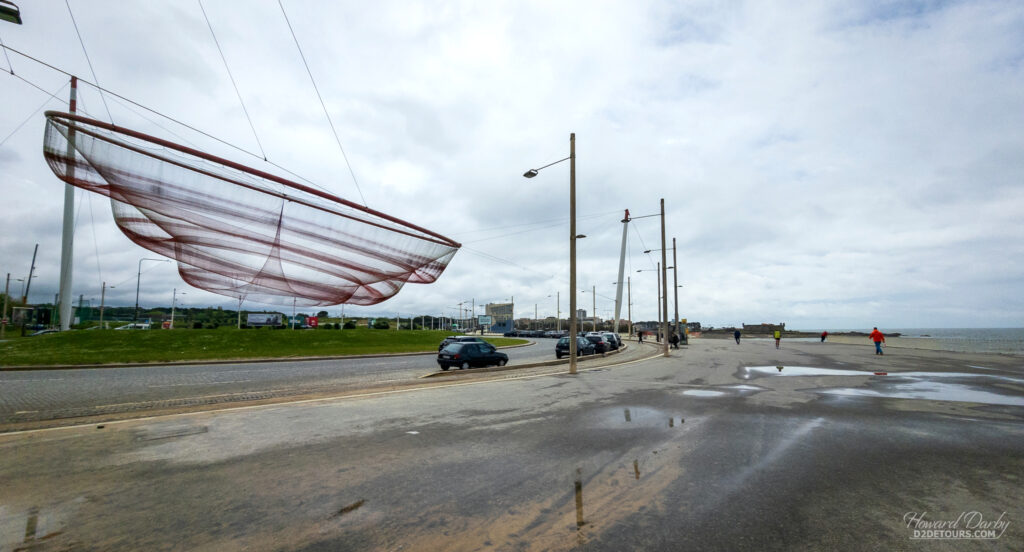
Finally, after nearly five months, I got a teeny tiny Roman ruin fix. A Coruña, or La Coruña, in northwestern Spain, sits on a promontory in the Golfo Ártabro in a region the Romans referred to as Finisterra, the end of the earth. The Spanish named this treacherous coastline the Costa da Morte (Coast of Death).
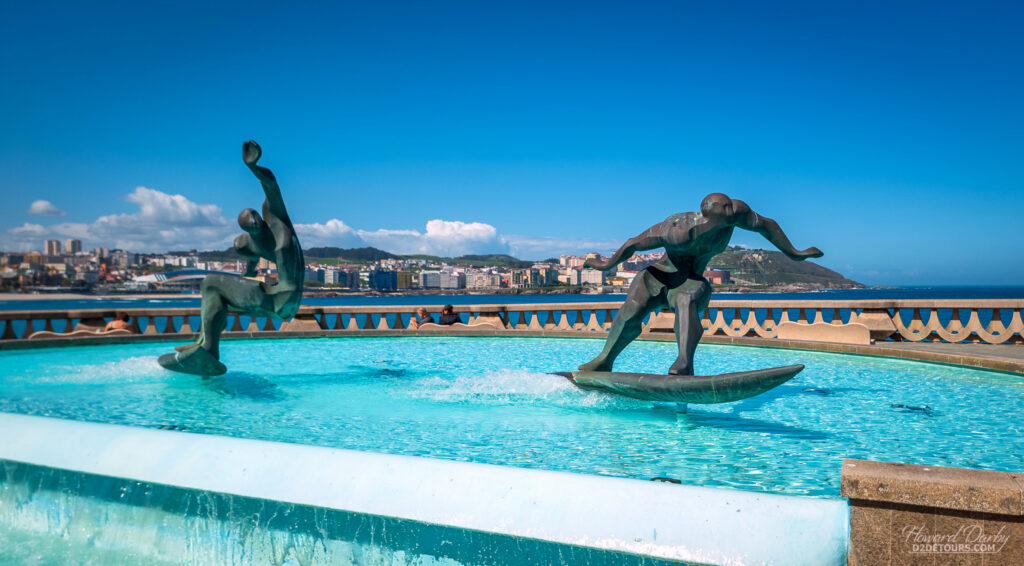
Beginning in the 1st century CE, with a design based on the Egyptian Lighthouse of Alexandria (284-246 BCE), the light from the Tower of Hercules (its modern nomenclature) has been guiding ships to safety. It has never been decommissioned and is the world’s oldest, and only working, Roman lighthouse. Despite being acknowledged as a “Roman” lighthouse, a massive restoration in 1788, which did protect some of the original Roman masonry, has given the exterior a neoclassical look.
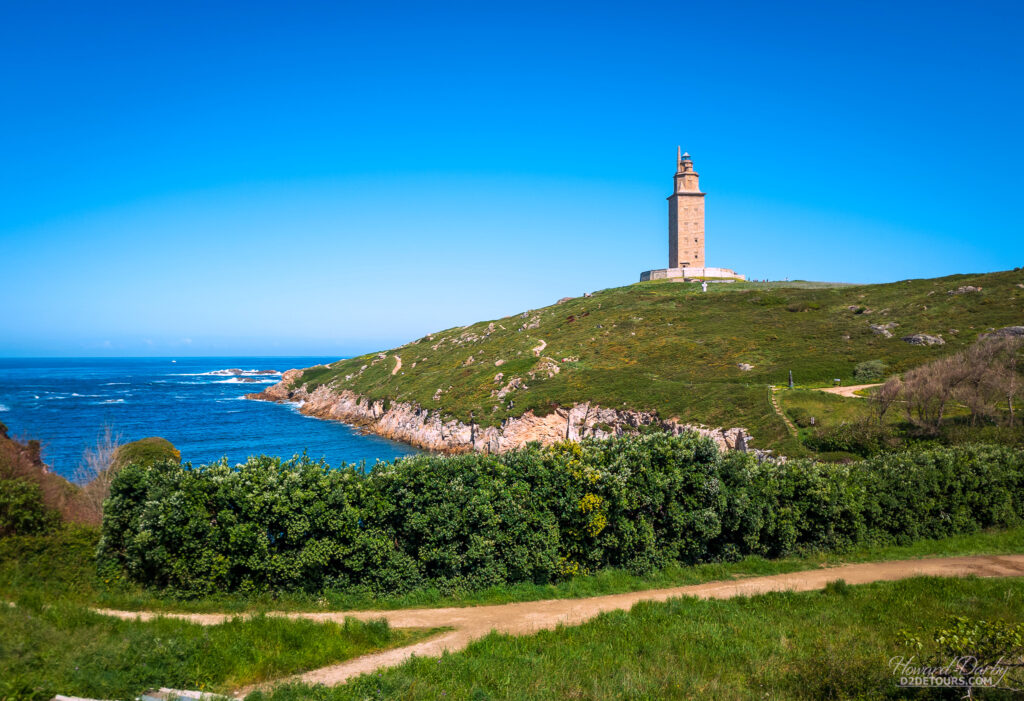
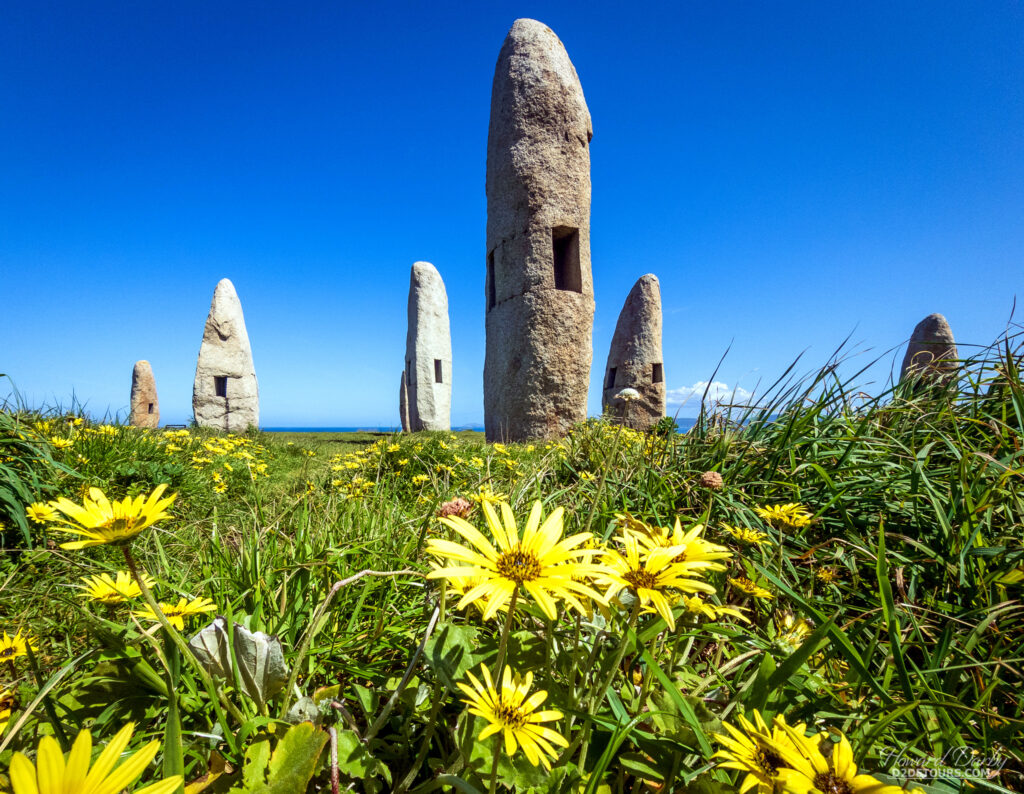
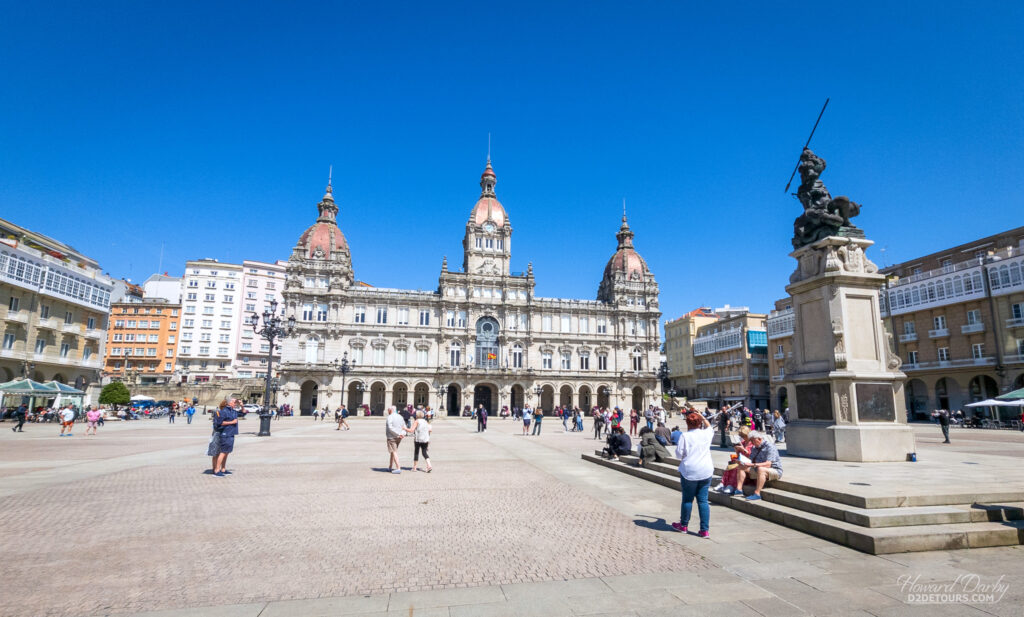
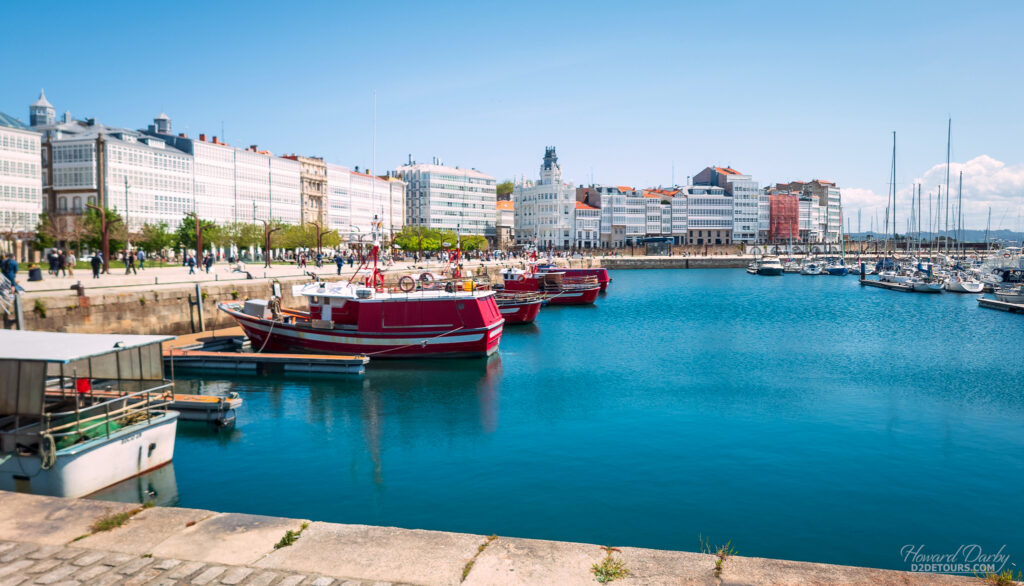
Bilbao is renowned for its Guggenheim Museum (there are actually three worldwide), which opened in 1997. Neither of us is particularly drawn to contemporary art, yet we felt we’d be remiss if we didn’t visit the museum during this cruise stop. Although we did not go inside, we were utterly captivated by its undulating exterior, shimmering in the sunlight, as well as the other artistic sculptures surrounding it.
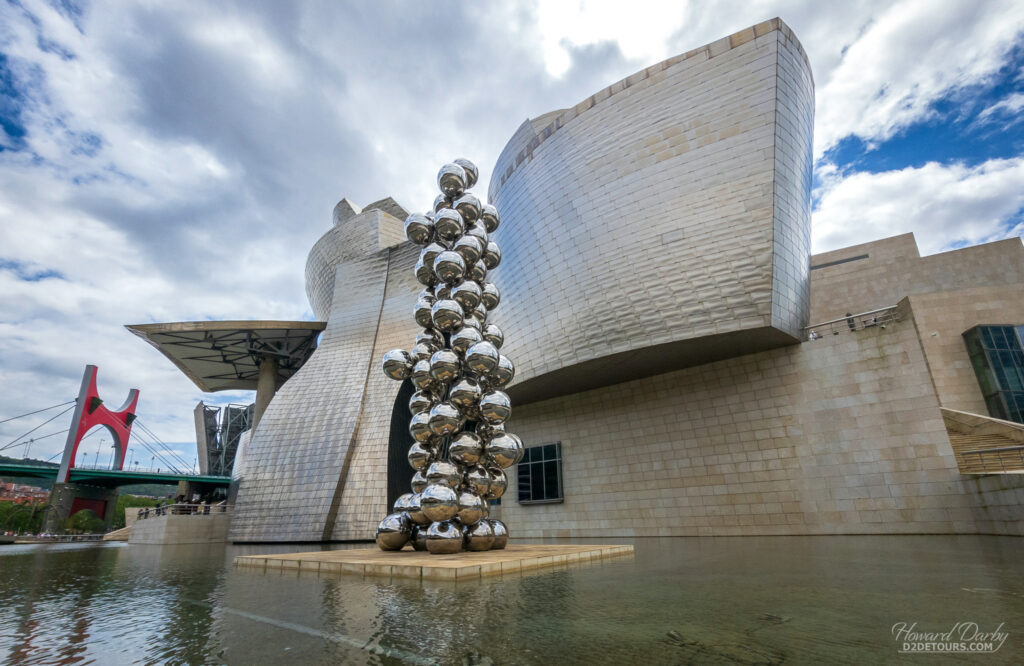
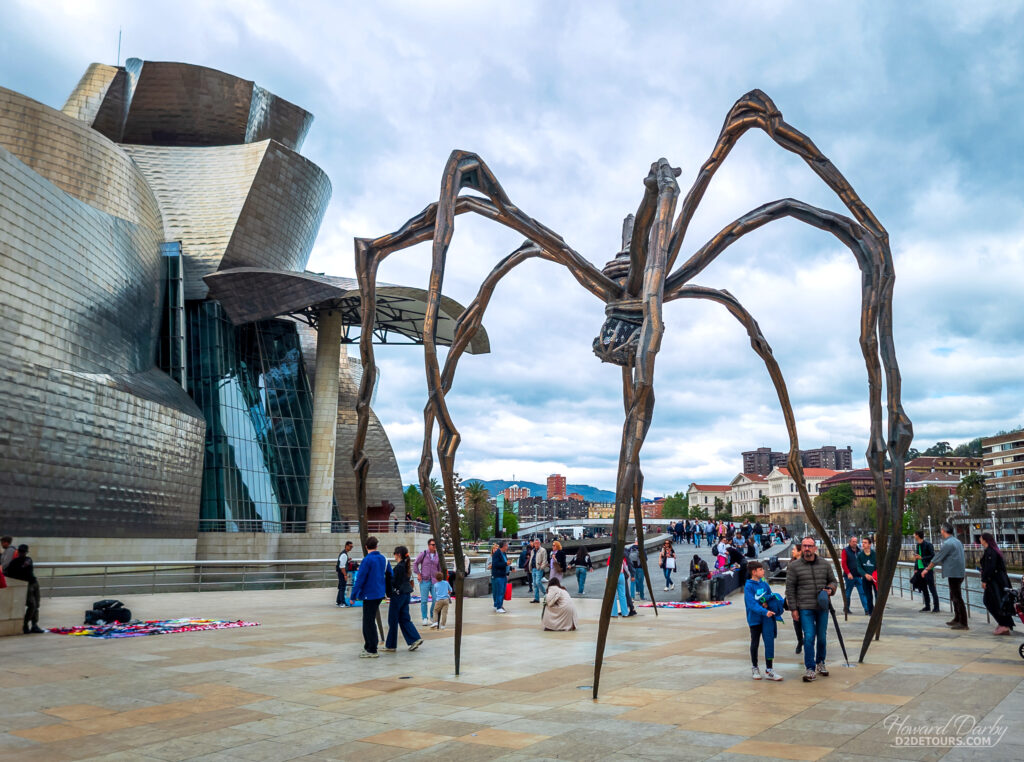

We finished our MSC cruise in Southampton, which gave us the opportunity to reconnect with Howard’s aunt and cousins (we haven’t seen them in over 10 years!), all of whom live in South West England. It was the perfect ending to this leg of our travels (and maybe even the best bit). Off on an 80-day road trip through Europe!
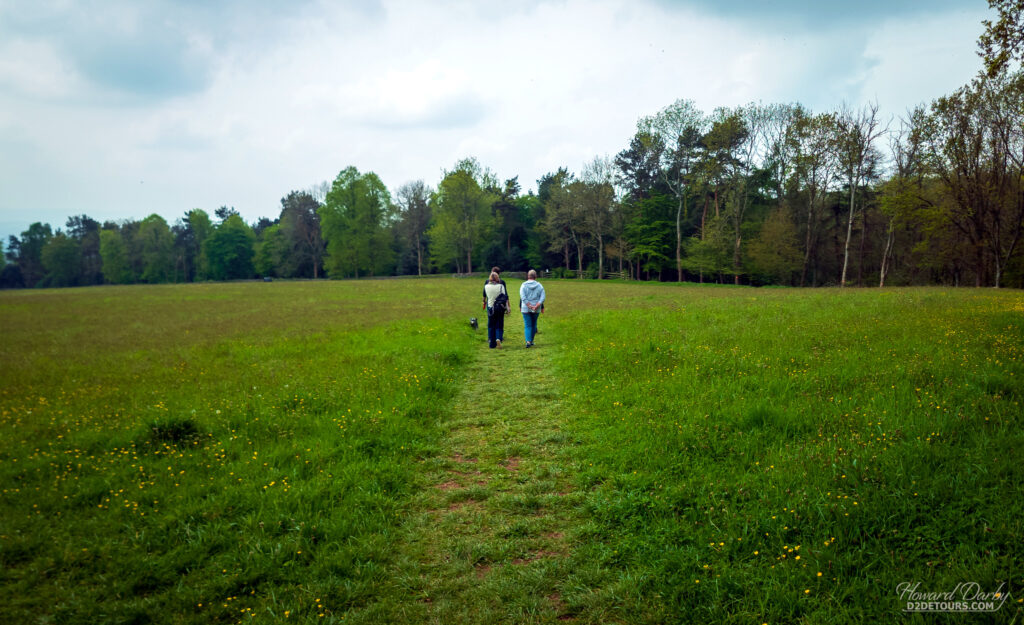
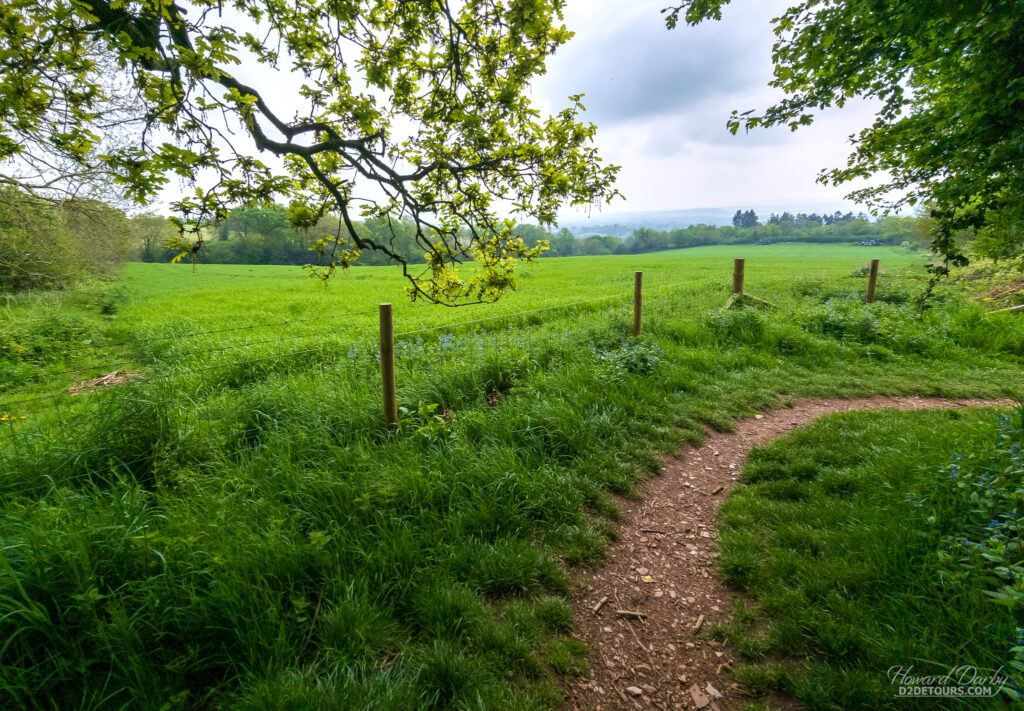

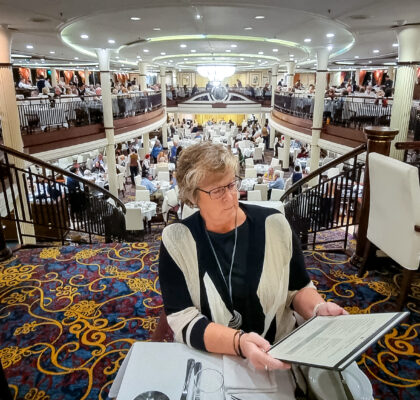
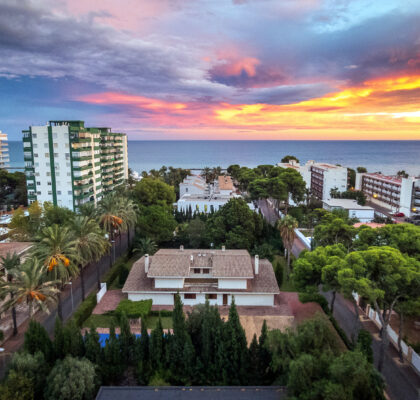
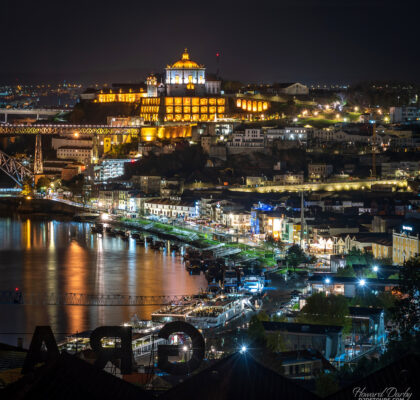
Pingback: Cruising Iceland and the Canadian Maritimes - D2 Detours